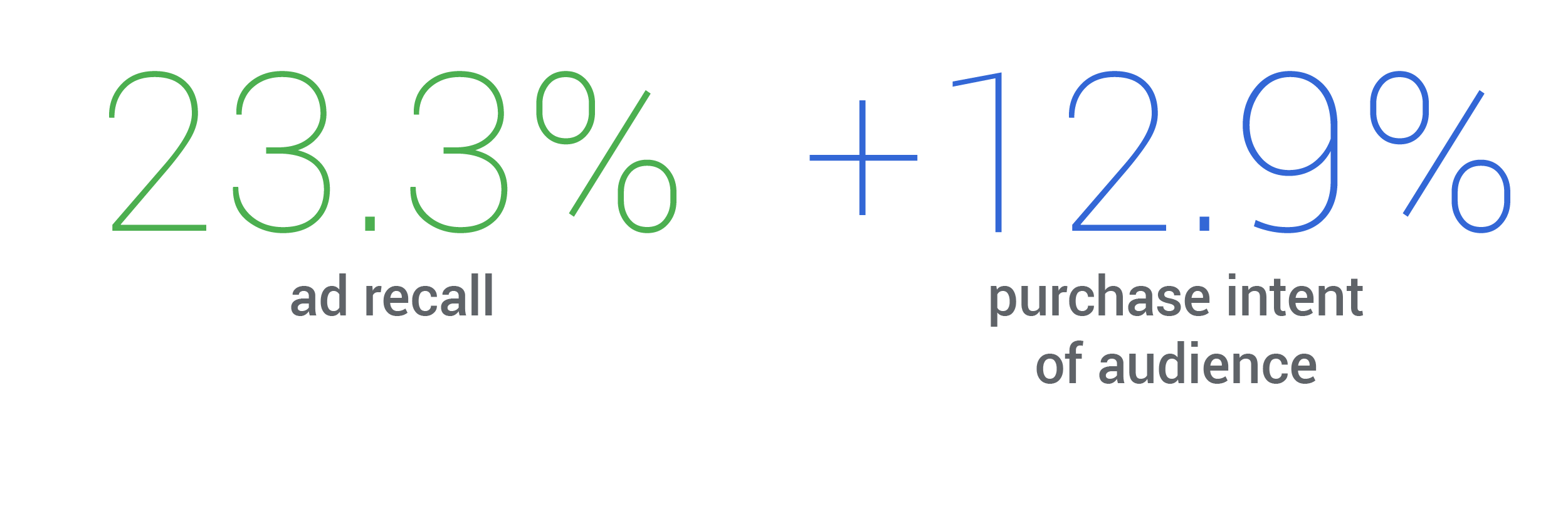
What we set out to test
Can short-format videos (bumper ads) drive recall and purchase intent with the right audiences for promotional campaigns?
The background
Owned by Procter & Gamble, Downy is one of the world’s leading fabric-conditioner brands. The brand frequently ran seasonal promotions on TV but hadn’t used online video ads as a way to create awareness for them.
For the release of its limited-edition cherry blossom fabric softener, Downy decided to try a new digital marketing strategy. With the APAC region quickly becoming a leader in global online video consumption, the brand saw a great opportunity to expand its reach on YouTube.
Specifically, Downy wanted to explore how to use short-format bumper ads to make a memorable impression and drive interest in product promotions with the right audiences.
How we set the experiment up
The experiment measured the impact of using six-second bumper ads by comparing brand versus promotional call-to-action messaging combined with different signal-based advanced audience solutions. The experiment ran in Korea for 12 days.
Only one key element of the campaign setup (i.e. messaging or type of advanced audiences) was changed among each of the experiment campaigns:
- Control group: Bumper ad with brand messaging using demographic audiences
- Test group 1: Bumper ad with brand messaging using signal-based advanced audiences*
- Test group 2: Bumper ad with promotional messaging using signal-based advanced audiences*
*Advance audience solutions used: In-market (home & garden) + Affinity (fragrances) + Life Events (marriage, moving)
Solutions we used
What we learned
Short-format video ads can still be memorable and drive significant lift in ad recall, especially when viewed by relevant audiences.
Downy's test campaign with clear promotional call-to-action messaging using signal-based audience solutions (In-market + Affinity + Life Events) drove the strongest recall and purchase intent. In fact, the brand’s seasonal promotions sold out during the experiment campaign.

This case study is part of the Experiment with Google Ads program.





